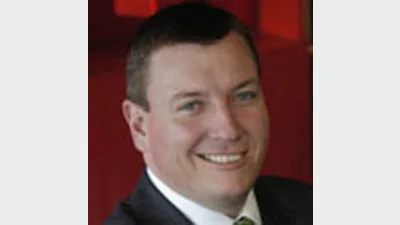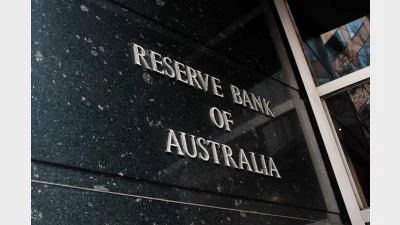FSC releases ESG reporting guide




|
| John Brogden
|
Superannuation executives and regulators have urged the industry to increase its level of disclosure and governance, with the Financial Services Council (FSC) releasing a guide to environmental, social and governance policy (ESG) reporting at their annual conference.
The FSC ESG guide is an attempt to outline essential information and data that investors need to price and manage ESG risks. It was developed together with the Australian Council of Superannuation Investors (ACSI), in consultation with the wider industry.Thirty companies out of the ASX 200 list do not include ESG reporting for investors, while 76 companies only report basic ESG risks, ACSI chief executive Ann Byrne said.
There were too few companies reporting on ESG risk and too little information available for investors on the subject, FSC chief executive John Brogden said.
Knowing how much staff turnover there is at a company was an important issue for potential investors as company earnings and loss figures, Brogden said.
In an unrelated address to the conference, Australian Securities and Investments Commission chairman Greg Medcraft urged delegates at the conference to increase their level of disclosure to super fund members of portfolio asset allocations.
Investors are the ones with “skin in the game” so it was only logical that they should be able to see where their money was invested, Medcraft said.
Recommended for you
The central bank has announced the official cash rate decision for its November monetary policy meeting.
Australia’s maturing superannuation system delivers higher balances, fewer duplicate accounts and growing female asset share, but gaps and adequacy challenges remain.
Global volatility and offshore exposure have driven super funds to build US-dollar liquidity buffers, a new BNY paper has found.
Less than two in five Australians are confident they will have sufficient assets to retire and almost three-quarters admit they need to pay greater attention to their balance, according to ART research.









